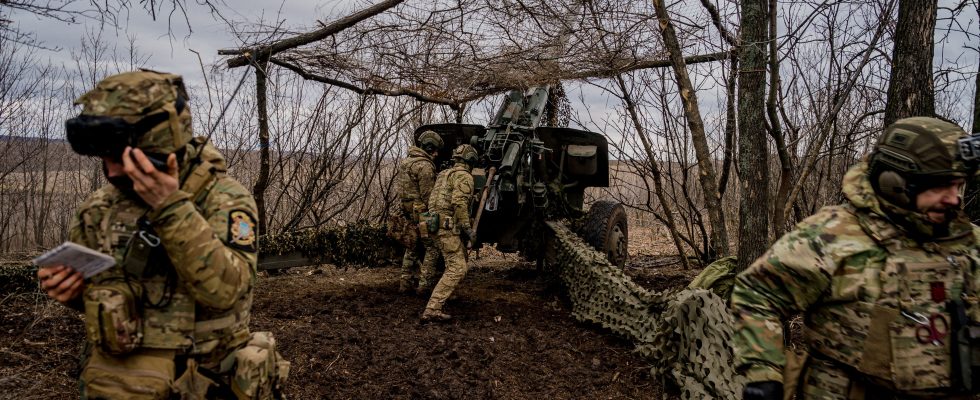With the idea of providing Ukraine with the most effective weapons possible, so that the coming counter-offensive can prove decisive, Great Britain announced, through the voice of its Deputy Minister of Defence, that it planned to supply Kiev with shells containing “depleted uranium”. An announcement that did not go unnoticed, as the subject of sending or not such ammunition is a subject debated by Westerners.
“Depleted uranium is a material produced artificially by man, a by-product of the uranium enrichment process”, explains to L’Express Bruno Chareyron, director of the CRIIRAD laboratory, the Independent Research and Information Commission on radioactivity.And the expert clarifies from the outset what is meant by “depleted”: this type of uranium has fewer 235 isotopes than that present in nature.However, contrary to instinctive thought, the overall radioactivity of this type of uranium turns out to be very much higher than that found in the earth’s crust. In terms of figures, the comparison is striking. Whereas in most soils, natural uranium has a radioactivity of 40 Becquerels (the unit of measurement of the radioactivity of a material) per kilogram of uranium 238, that of depleted uranium exceeds, for the same quantity, 140 million Becquerels.
Long-lasting contamination of the areas concerned
If Great Britain is considering delivering such munitions to Ukraine, it is because they would be particularly effective in destroying Russian tanks. “Uranium is the densest metal that exists in its natural state, which gives it a very strong penetrating power. In addition, it has the property of igniting during friction”, notes Bruno Chareyron. A particularly useful double characteristic on a battlefield. Recent history is full of examples where this uranium was used. Let us cite, among the main conflicts where such use is proven, the two Gulf wars of 1991 and 2003, or the clashes in the former Yugoslavia throughout the 1990s. Faced with this possible new use, Russia declared that she would be “forced to respond”, raising fears of an escalation in the use of “dirty weapons”.
But military logic should not overshadow others, and major health and environmental issues arise. “When you are close to a material containing depleted uranium, you are subjected to external irradiation”, underlines the nuclear physics engineer. “Then, when the uranium will disintegrate after the shots, it will spread in the air and on the ground in the form of dust, causing contamination of populations by inhalation and ingestion”. And time will do nothing since it will take 4.5 billion years before the depleted uranium loses half of its radioactivity.
In 2021, a study published in the scientific journal BMJ Global Health stated that “Available evidence suggests possible associations between exposure to depleted uranium and adverse health effects in the Iraqi population”. To reach such a conclusion, the researchers relied on the significant increase in cases of congenital malformations and cancers observed in Iraq in the years following the American intervention. Authorized by international law, the use of depleted uranium weapons goes beyond the framework of war, shifting attention to its aftermath, and raising the question of whether or not it will be possible to find, one day, a semblance of the life before.
